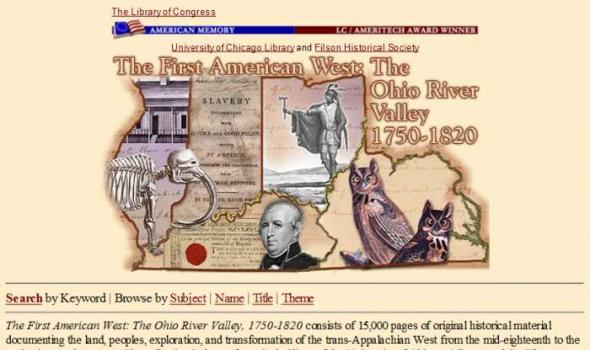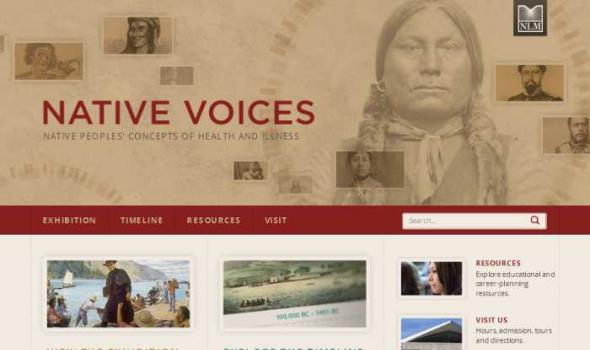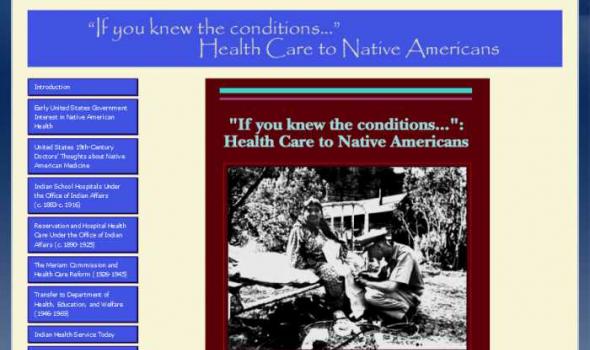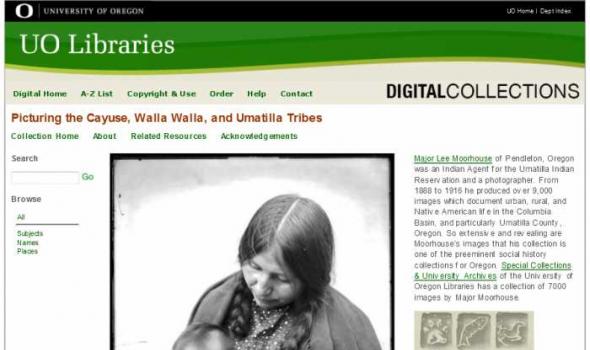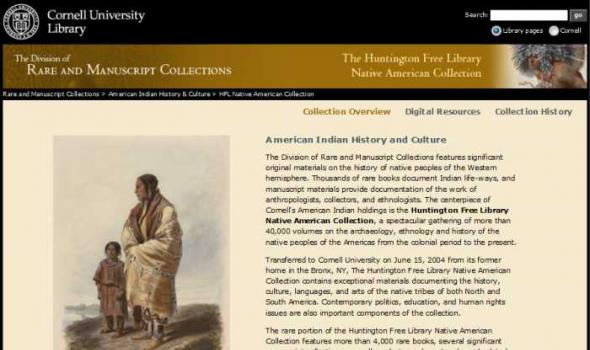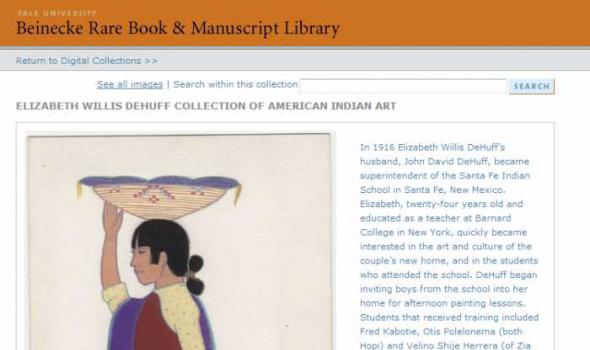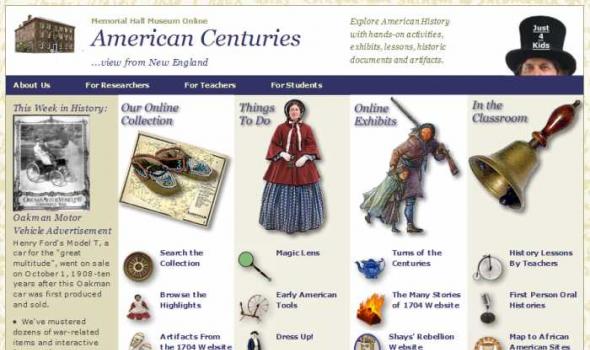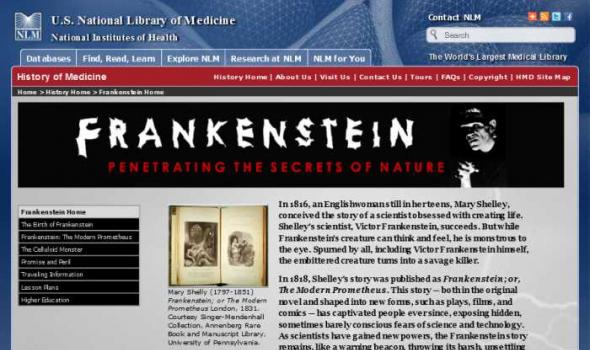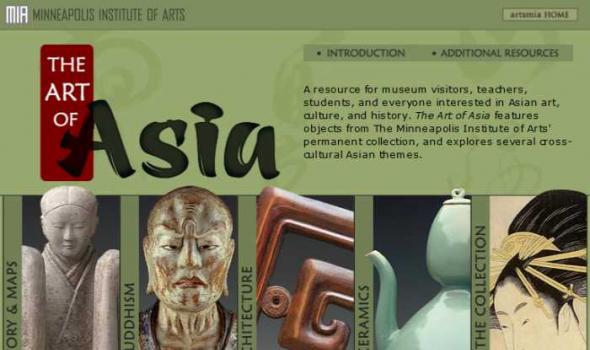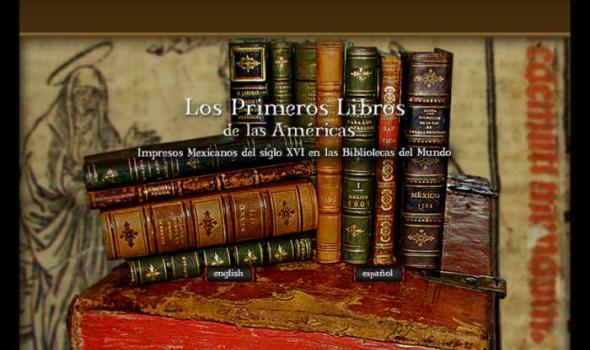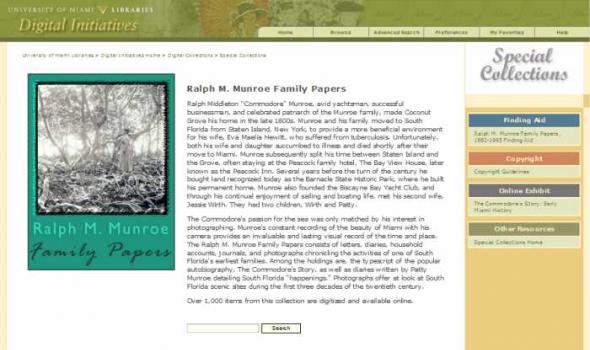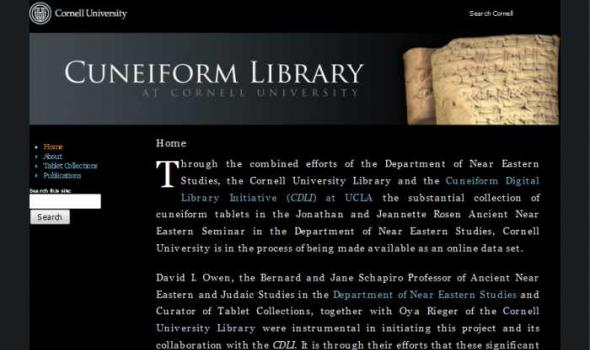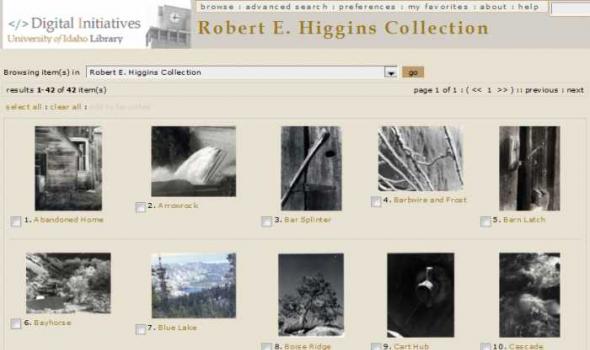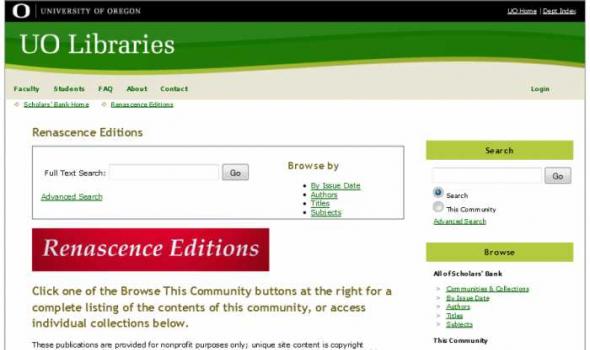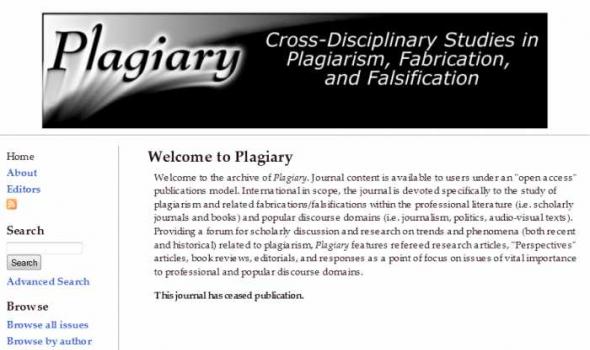Native americans
About the Collection The First American West presents a digital resource created from selections drawn from the collections of the Filson Historical Society and the University of Chicago. Each of these institutions has realized the critical role that primary source material plays in the research and teaching of history. The First American West draws on the interconnected holdings of the two institutions to create an integrated collection that preserves critical primary sources and presents a fuller and more diverse picture of the exploration and settlement of the trans-Appalachian west. The Filson Historical Society's origins and the University of Chicago's holdings on the trans-Appalachian west both have their roots in the activities of Reuben T. Durrett (1824-1913).
Exhibition Healing Ways Uncover how diverse lifestyles and shared experiences have helped sustain the health and well-being of Native populations for generations. Hōkūle‘a Native Hawaiians owe their existence to the Hōkūle‘a voyaging canoe. Its resurgence in the last century has led to a cultural revival, inspiring Native Hawaiians of all ages to learn more about, and to value, their traditions. Healing Totem The National Library of Medicine’s healing totem was created by master carver Jewell James, of the Lummi Nation in the Pacific Northwest, to promote good health.
History of Medicine Early United States Government Interest in Native American Health Although U.S. Army surgeons treated Native American victims of smallpox near the opening of the 19th-century, government concern for Native American health at this time was manifest more in counting the numbers of people who died from this and other diseases, and estimating how many were left, than in providing institutional remedies. Jedidiah Morse's report indicates this interest: Determining where "Indians" were in North America and how many they were. The report is addressed to the Secretary of War. Indian affairs were administered by the War Department until 1849. The U.S.
About - Picturing the Cayuse, Walla Walla, and Umatilla Tribes Major Lee Moorhouse of Pendleton, Oregon was an Indian Agent for the Umatilla Indian Reservation and a photographer. From 1888 to 1916 he produced over 9,000 images which document urban, rural, and Native American life in the Columbia Basin, and particularly Umatilla County, Oregon. So extensive and revealing are Moorhouse's images that his collection is one of the preeminent social history collections for Oregon. Special Collections & University Archives of the University of Oregon Libraries has a collection of 7000 images by Major Moorhouse.
American Indian History and Culture The Division of Rare and Manuscript Collections features significant original materials on the history of native peoples of the Western hemisphere. Thousands of rare books document Indian life-ways, and manuscript materials provide documentation of the work of anthropologists, collectors, and ethnologists. The centerpiece of Cornell's American Indian holdings is the Huntington Free Library Native American Collection , a spectacular gathering of more than 40,000 volumes on the archaeology, ethnology and history of the native peoples of the Americas from the colonial period to the present.
In 1916 Elizabeth Willis DeHuff’s husband, John David DeHuff, became superintendent of the Santa Fe Indian School in Santa Fe, New Mexico. Elizabeth, twenty-four years old and educated as a teacher at Barnard College in New York, quickly became interested in the art and culture of the couple’s new home, and in the students who attended the school. DeHuff began inviting boys from the school into her home for afternoon painting lessons. Students that received training included Fred Kabotie, Otis Polelonema (both Hopi) and Velino Shije Herrera (of Zia Pueblo).
Portraits represent various tribal groups, including, among many others, the Apache Indians, Arapaho Indians, Arikara Indians, Bannock Indians, Cherokee Indians, Cheyenne Indians, , Oglala Indians, Ojibwa Indians, Omaha Indians, Oohenonpa Indians, Santee Indians, Seminole Indians, Tohono O’odham Indians, Ute Indians, Wichita Indians, and Yuma Indians. Exterior images consist primarily of informal portraiture, as well as depicting residences and settlements, including the Crow Indian Agency in Montana, 1871; the Pawnee Indian School and buildings at the Pawnee Reserve, Loup Fork, Nebraska, 1871; and a Bannock Indian camp near Fort Hall, Idaho, 1872.
An Introduction to Memorial Hall Museum's American Centuries: Views from New England This website is unique in many design features that facilitate successful use by educators and students. It includes a large library of primary resources, curricula, and interactive student activities; most of them presented in age-appropriate, user-friendly formats. The Online Collection American Centuries features a digital collection of approximately 2000 objects and transcribed document pages from Memorial Hall Museum and Library. An image of each of these items appears on an Item Page accompanied by interpretive text available on age-appropriate levels.
